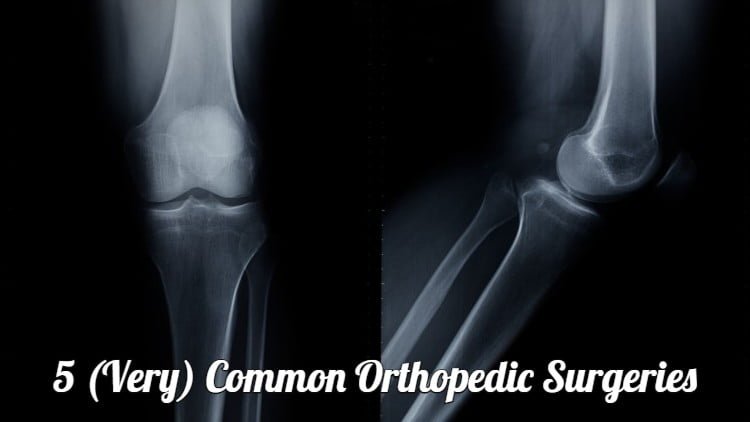Gout is painful inflammatory arthritis that occurs when your body produces too much uric acid. Uric acid is a nitrogenous waste product in the body that can build up in the joints. This can cause inflammation and pain.
If left untreated, gout can lead to permanent damage to your joints, making it difficult to move around and function properly.
There are many signs that indicate you have gout, but it’s important to watch out for these five early signs of gout so you can take action before it gets worse.
1. Pain in your fingers, wrists, or hands
Your first sign of gout is usually pain in your joints. You may feel pain in your toes, fingers, or wrists. You may also feel pain if you stand for long periods or if you use tools that put pressure on the joints (such as hammers, screwdrivers, and wrenches).
2. Joint Swelling and Increased Tenderness
The most common symptom of this condition is joint swelling and increased tenderness around the joint(s) affected by gout. This can happen within hours of having any type of physical activity (walking, running, or climbing stairs). It can also happen as soon as you start sleeping at night without any movement and will typically disappear within 24 hours if you have not had any additional activity that day.
3. Redness or warmth at the joint
Gout often causes redness and swelling of the joint. The area around a gout flare can be warm to the touch and feel slightly warm to the touch. This is because inflammation has raised your temperature, which leads to redness and warmth around your joint.
4. Joint stiffness
The joints that are affected by gout typically become stiffer over time. This is due to the inflammation in the joint which causes it to become inflamed, swollen, and painful. A person can experience joint stiffness almost immediately after having a flare-up of symptoms, but it can last for several weeks or months depending on how severe the attack was before they were treated properly with medication (if they were not already on treatment).
5. Numbness
Numbness is a common symptom of gout, and it can affect any joint in the body. You may experience tingling, pins-and-needles, or painful pins and needle sensations in your hands and feet, or you may notice that you are unable to feel your face or fingers. If you have numbness in your toes or fingers, this could be an early sign of gout.
Connect with a doctor
If you’re noticing any of these signs, reach out to an orthopedic doctor for the best gout treatment in Kolkata. Past proper diagnosis, the doctor will create a treatment plan which may include medications, physical therapy, and recommendations for lifestyle changes. In extreme cases of gout, the doctor may opt for minimally invasive options like top arthroscopy treatment in Kolkata.









